That first calf sets the tone of the season. It’s an exciting moment on any dairy farm. The children are hauled out to see the first calf and, with that, the season starts.
Our heifers were in calf to sexed semen, so I couldn’t wait to be picking up those girls. I was in school when Tim sent a text to say the first calf had arrived. What a downer! It was a Friesian bull. A fine fellow, indeed, but not what I expected.
Still, we had begun and the bottles, buckets and jugs were all at the ready. The enthusiasm was temporarily dampened, but quickly picked up again when the girls started to arrive. There is a margin of error in sexed semen of around 10%. One just doesn’t expect to see those bull calves until well on in the game.
Bank colostrum now for 2024
Calving has now gathered pace, as the older ladies have their calves and make their mark on the milk tank. We milk once per day for the month of February, and it gives everyone a chance to get into the rhythm of quality milk production. No matter how many times you do it, it still is challenging to get organised and confident.
On the calf rearing side, I’m already thinking about calving 2024. This year, our heifers began calving in the last week of January. I had 35 litres of frozen colostrum in the freezer to tide us over until the cows started calving. It had been harvested last year, when the cows were at peak vaccination for rota virus and salmonella (about six weeks after vaccination). We certainly do everything to avoid those two nasties.
Heifers just don’t have the volume of colostrum required, and it is not convenient to bring a heifer in to milk as you would a cow. Of course, you do it if it’s absolutely necessary. I was down to four litres by the time the cows started calving in the first week of February. All those heifers were synchronised and inseminated with sexed semen to calve down before the cows, in order to give them time and attention. They come into the herd with excellent EBI figures.
Those daughters will be even better, so they deserve minding. Next year, we will inseminate some cows at the same time as the heifers to improve the availability of good quality colostrum. I’m also going to ensure that I’ve plenty in the freezer. 25 litres are already banked.
In reality, breeding planning for next year has started. There are always tweaks needed to suit the farmers and farm situation.
By last weekend, we had 75 cows calved and 53 replacement heifers born, which will give us plenty of choice. Two cows lost calves well before their due date. It is always scalding when that happens. Two others have needed assistance and the rest have calved themselves. Any animal that was not bred for a replacement is in calf to Angus. The dairy calves go onto milk replacer at 14 days, and the rest remain on fresh milk to ready them for sale.
Is there a better way?
Last week, I was chatting to an experienced dairy farmer who has now retired from dairying. He was philosophical about the man who has leased his farm, saying, “He has made changes that I didn’t even see. They were subtle changes, but made a great difference to the flow of the work.”
He wondered why he had not seen the possibilities himself. He explained how the floor space available to animals was increased by changing the layout of a shed, for example.
Although we are really busy, now is the time to examine what we are doing and ponder on our working conditions. I’m asking myself on a daily basis: “Is there a better way?”
Tiny things add up to gaining more time, which is our scarcest commodity on dairy farms at the moment. Can time be saved anywhere in the routine; can cow flow be improved? Can physical effort and manual handling be reduced? All improvements add up to a happier workforce, and less strain on ageing bodies.
So far, the weather has been mild and kind to man and beast. Our cows go to grass as they calve. Grass growth is slow and grazing conditions are ideal. We will move to twice a day milking on the 1 March. Then we will be really
busy.
Read more
Katherine’s Country: the National Dialogue on Women in Agriculture
Katherine's Country: focusing on the negative brings negative results
That first calf sets the tone of the season. It’s an exciting moment on any dairy farm. The children are hauled out to see the first calf and, with that, the season starts.
Our heifers were in calf to sexed semen, so I couldn’t wait to be picking up those girls. I was in school when Tim sent a text to say the first calf had arrived. What a downer! It was a Friesian bull. A fine fellow, indeed, but not what I expected.
Still, we had begun and the bottles, buckets and jugs were all at the ready. The enthusiasm was temporarily dampened, but quickly picked up again when the girls started to arrive. There is a margin of error in sexed semen of around 10%. One just doesn’t expect to see those bull calves until well on in the game.
Bank colostrum now for 2024
Calving has now gathered pace, as the older ladies have their calves and make their mark on the milk tank. We milk once per day for the month of February, and it gives everyone a chance to get into the rhythm of quality milk production. No matter how many times you do it, it still is challenging to get organised and confident.
On the calf rearing side, I’m already thinking about calving 2024. This year, our heifers began calving in the last week of January. I had 35 litres of frozen colostrum in the freezer to tide us over until the cows started calving. It had been harvested last year, when the cows were at peak vaccination for rota virus and salmonella (about six weeks after vaccination). We certainly do everything to avoid those two nasties.
Heifers just don’t have the volume of colostrum required, and it is not convenient to bring a heifer in to milk as you would a cow. Of course, you do it if it’s absolutely necessary. I was down to four litres by the time the cows started calving in the first week of February. All those heifers were synchronised and inseminated with sexed semen to calve down before the cows, in order to give them time and attention. They come into the herd with excellent EBI figures.
Those daughters will be even better, so they deserve minding. Next year, we will inseminate some cows at the same time as the heifers to improve the availability of good quality colostrum. I’m also going to ensure that I’ve plenty in the freezer. 25 litres are already banked.
In reality, breeding planning for next year has started. There are always tweaks needed to suit the farmers and farm situation.
By last weekend, we had 75 cows calved and 53 replacement heifers born, which will give us plenty of choice. Two cows lost calves well before their due date. It is always scalding when that happens. Two others have needed assistance and the rest have calved themselves. Any animal that was not bred for a replacement is in calf to Angus. The dairy calves go onto milk replacer at 14 days, and the rest remain on fresh milk to ready them for sale.
Is there a better way?
Last week, I was chatting to an experienced dairy farmer who has now retired from dairying. He was philosophical about the man who has leased his farm, saying, “He has made changes that I didn’t even see. They were subtle changes, but made a great difference to the flow of the work.”
He wondered why he had not seen the possibilities himself. He explained how the floor space available to animals was increased by changing the layout of a shed, for example.
Although we are really busy, now is the time to examine what we are doing and ponder on our working conditions. I’m asking myself on a daily basis: “Is there a better way?”
Tiny things add up to gaining more time, which is our scarcest commodity on dairy farms at the moment. Can time be saved anywhere in the routine; can cow flow be improved? Can physical effort and manual handling be reduced? All improvements add up to a happier workforce, and less strain on ageing bodies.
So far, the weather has been mild and kind to man and beast. Our cows go to grass as they calve. Grass growth is slow and grazing conditions are ideal. We will move to twice a day milking on the 1 March. Then we will be really
busy.
Read more
Katherine’s Country: the National Dialogue on Women in Agriculture
Katherine's Country: focusing on the negative brings negative results




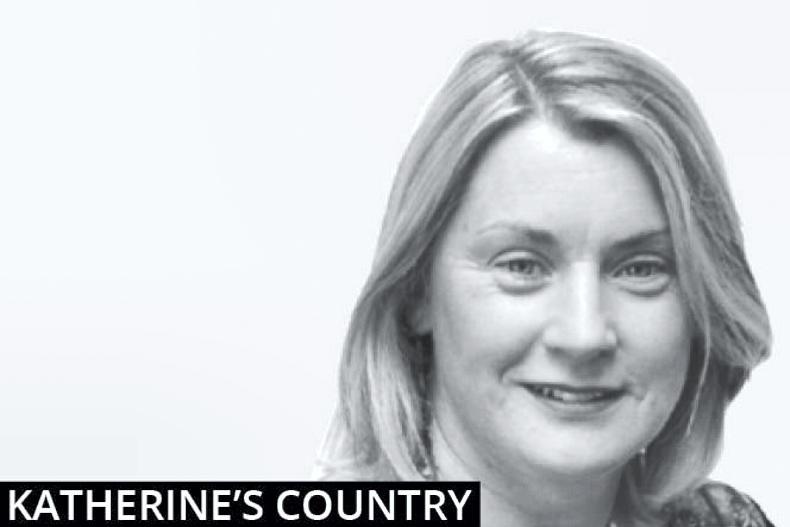
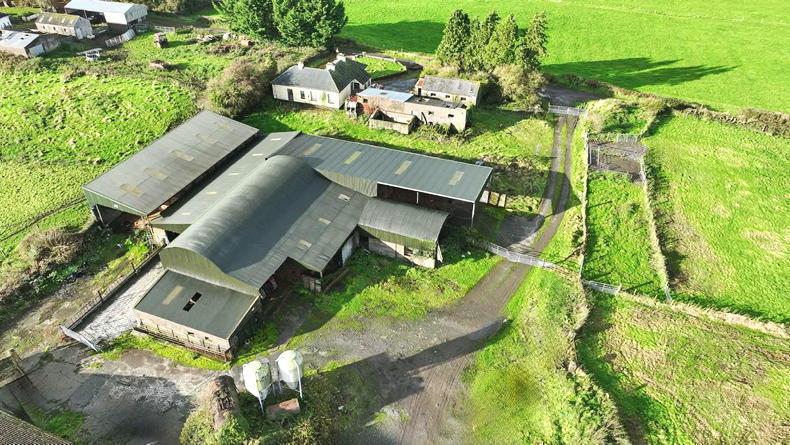
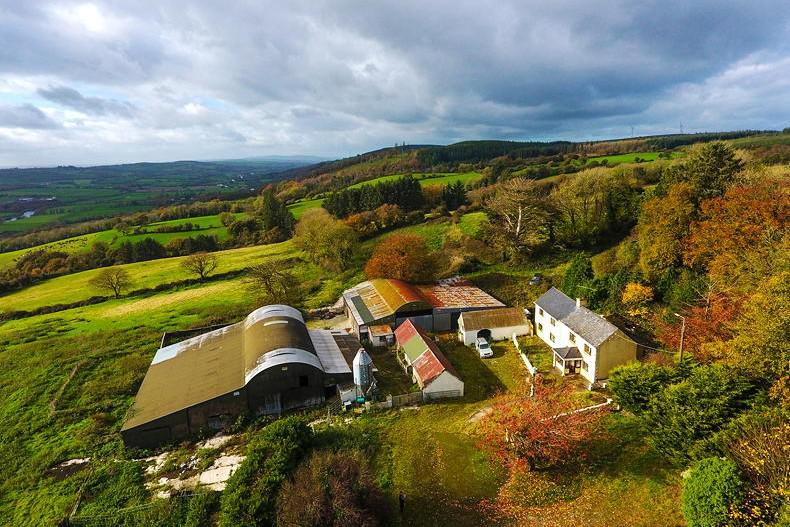
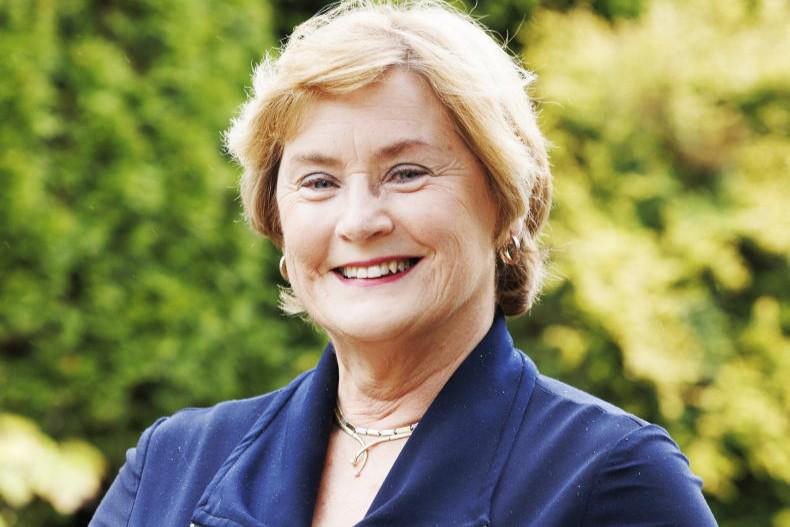
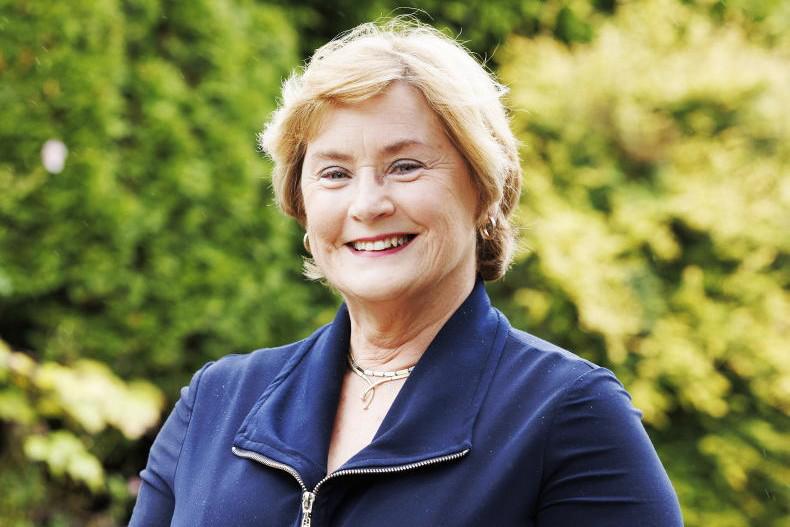
SHARING OPTIONS